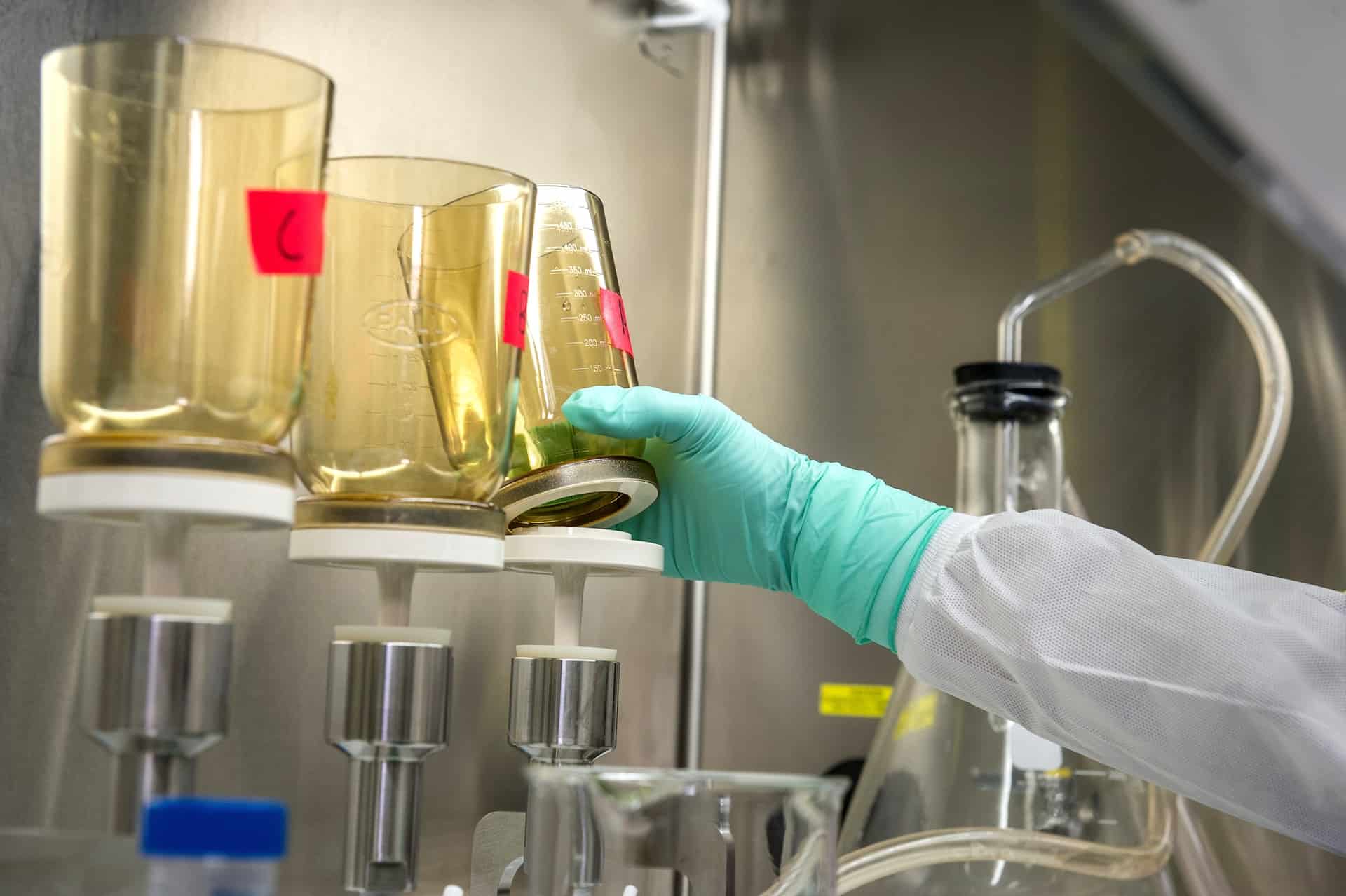Chemical spills are common in labs, and cleaning them correctly is vital to prevent injuries or the spread of infections to your staff. Your lab personnel can clean simple spills that happen daily. However, in a severe case of dealing with major spills or hazardous chemicals, hiring professionals for biohazard cleanup is best. Professionals take precautions to prevent risks involved in chemical cleanup. We have compiled a list of things you should do to handle chemical spills safely.
1. Have a Plan
The first step to ensure you can handle chemical spills safely is to have a plan. That means making sure you have all the supplies ready. It would help if you had protective gear, first aid, and cleanup procedures. In case of emergencies, you also need strategies in place. Part of preparation is also training and educating your employees on proper handling and storing chemicals. Train them on cleaning simple spills and the best way to act after a major spill.
2. Assess the Seriousness of the Spill
You need to identify the spilled chemical and the severity to know the proper steps to take and the right supplies for the cleanup. Your lab staff can handle a minor spill, and you might not need emergency personnel. However, more attention is required if it is a major spill with a highly hazardous chemical. Major spills can pose a health and safety threat to you and your staff.
3. Communicate
Immediate communication is critical after the spill. Ensure the area is clear and let everyone know about the spill and why they need to ensure their safety. The lab should be evacuated and emergency services notified. If the staff has been exposed to the chemical, converge an emergency eyewash and shower station.
4. Contain the Spill
Before the cleaning process begins, you need to confirm the spill is contained. Otherwise, you will only be wasting your time. So, put warning signs and create barriers around the area. Use absorbent materials so that the spill does not spread. The chemical may produce fumes. It would help if you contained them inside the lab.
5. Clean
Once you have done all the above, your lab is ready for cleaning. Ensure the cleaning personnel wears PPE like respirators, goggles, and gloves. At this point, working with professional cleaners is the best option. They have the skills, experience, and equipment to do a safe and thorough job. They know how to protect themselves from acids, radioactive elements, biological specimens, etc. Therefore, using their skills is the best way to manage the spill.
6. Decontaminate the Lab
It is critical to ensure the lad is decontaminated afterward. Spills can harm the water, air, and soil, leading to health effects. Therefore, professionals will help remove traces of spills. They will help protect your staff against biohazards and infections. Therefore, effective decontamination confirms that no chemical traces are left behind. This will give you confidence that your workspace is clean and safe after the chemical spill.
In Conclusion
Chemical spills can be dangerous and pose health and safety risks. Therefore, you need decisive and quick action to lower risks. Additionally, by using the help of professionals, you are assured that your lab will be clean and safe after the spill.

